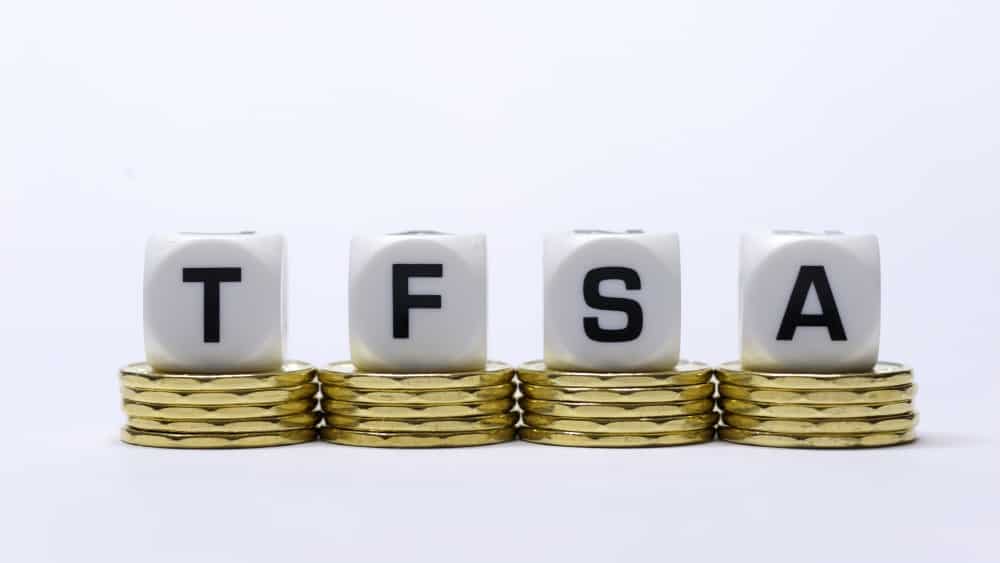The Tax-Free Savings Account (TFSA) is a powerful tool that can help many Canadians get ahead. With Canada Revenue Agency taxes taken out of the equation, the TFSA can allow one to unlock the full power of tax-free long-term compounding. Indeed, the wealth-creative powers are as difficult to fathom as they are profound.
But with a recent Bank of Montreal survey revealing that only 49% of Canadians are aware that a TFSA can hold investments in addition to cash. There’s no question that many TFSA users aren’t unlocking the power of their TFSAs, with cash savings being the primary investment, accounting for around 38% of the average Canadians’ TFSA.
Are you one of many Canadians using your TFSA as a mere savings account?
While there’s nothing wrong with holding a bit of dry powder on the sidelines, especially after one of the worst crises in recent memory, having a majority of one’s TFSA in those “high-interest” savings accounts is to leave a tonne of wealth-creation on the table.
While underusing one’s TFSA may seem like a harmless mistake over the short- to medium-term, over the course of decades, not using one’s TFSA to invest in higher return securities could mean the difference between a comfortable retirement and a frugal one, or perhaps, no retirement at all, given how difficult it is to make ends meet on just OAS or CPP pension payments alone.
Once Canadians recognize the magnitude of growth that they could be missing out on by hoarding cash in a TFSA in an era of near-zero interest rates, only then can they make moves to correct their mistakes. In a prior piece, I highlighted the name of the account was a misnomer.
Unless Canadians took the time and effort to look up the uses of the Tax-Free Savings Account, they’d think it’s just some sort of special savings account that can shield their interest from the taxes from the CRA.
Don’t over-save! Optimize your TFSA for long-term growth
Given how negligible interest on savings has become amid the COVID-19 crisis, savings has become, by far, the worst use of one’s TFSA, even for the most conservative of investors. Given the unprecedented response to the crisis, we could be in for an unchecked rise in the rate of inflation, making savings and near-zero interest rates a waste of one’s tax-free advantage.
Indeed, the opportunity cost of hoarding excessive amounts of cash in a TFSA is high. If you’re one of many Canadians who’s been using their TFSAs to invest systematically in stocks, then you’re ahead of the pack. But if you had no idea that you can use your TFSA beyond just savings, you should seek to invest in stocks, ETFs, REITs, or any other rewarding investment instrument that can allow you to get your TFSA wealth-creative edge back.
Even Steady Eddie utility stocks like Emera can help you get you where you need to be with your TFSA retirement fund. The stock sports a sound 4.7%-yielding dividend, which blows savings interest or even GIC rates right out of the water. If you’re looking to build a nest egg over the course of years or decades at a time, you’ll also likely be in for substantial capital appreciation and some handsome dividend growth along the way.
The Foolish takeaway
Your TFSA is best used as an investment vehicle, not as a mere savings account. By using a TFSA solely as a savings account, you’re likely to lose purchasing power through the insidious effects of inflation, dragging you farther away from the retirement for which you’ve been saving so hard.



